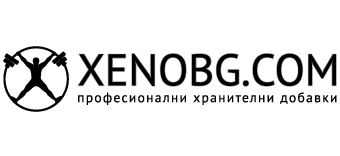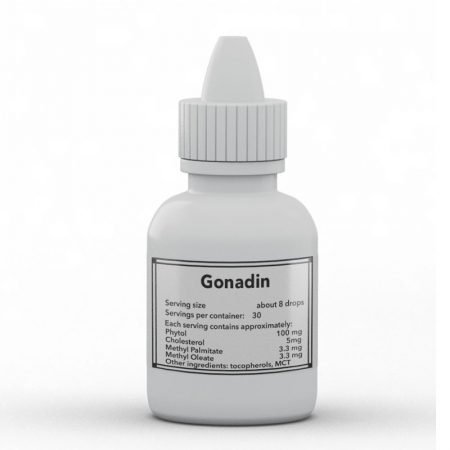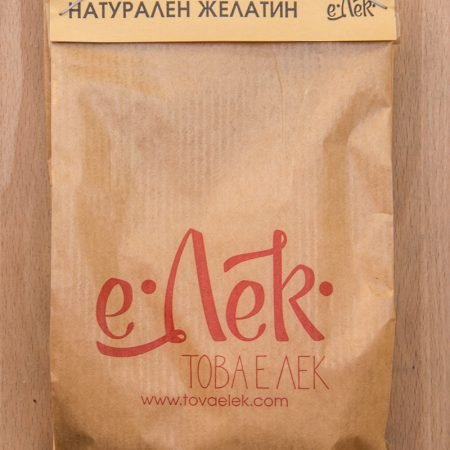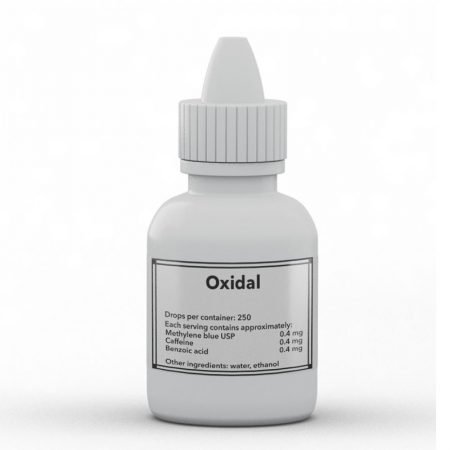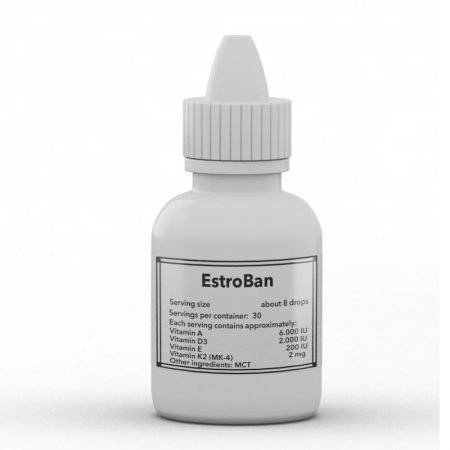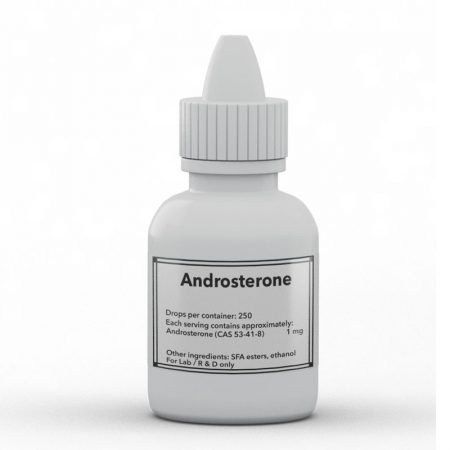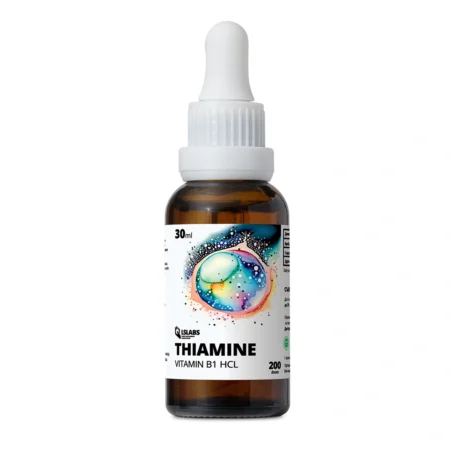В биологията на възпроизводството има една много известна теория, която все още се смята за доминираща в тази област. А именно, че мъжете трябва да приемат баланса между нивата на андрогените и имунитета. Тя е известна като хипотеза за увреждане на имунната компетентност (ICHH). По-високите нива на андрогените, според теорията, позволяват на мъжкия да н(физически) изпреварва другите мъжки наоколо за достъп до женски и храна. Това обаче става за сметка на намален имунитет, тъй като според теорията андрогените разрушават тимуса и по този начин намаляват устойчивостта към инфекциозни заболявания.
https://en.wikipedia.org/wiki/Handicap_principle#Immunocompetence_handicaps
За щастие, както напоследък се случва с доминиращите „научни“ теории, тази също изглежда се основава само на идиотизъм и политически мотиви. Многобройни изследвания оспориха теорията, но тя все още остава доминираща в репродуктивната биология и до днес. Това положение се дължи най-вече на солидните доказателства, които показват, че тестостеронът наистина има мощен атрофичен ефект върху тимуса, а кастрацията регенерира тимуса дори при стари животни.
https://www.ncbi.nlm.nih.gov/pmc/articles/PMC5943526
https://ir.lib.uwo.ca/cgi/viewcontent.cgi?article=5827&context=etd
Разбира се, има и друго, съвсем просто обяснение. Тестостеронът лесно се ароматизира в естроген и този процес се ускорява с възрастта (и увеличаването на мастната маса). Кастрацията понижава не само тестостерона, но и естрадиола до неоткриваеми нива. Така че простото и интуитивно обяснение би било, че именно превръщането на (ароматизиращите се) андрогени в естрогени има атрофичен ефект върху тимуса, а не самите андрогени. Това е обяснение, което напълно съответства на наличните клинични наблюдения. А именно, че с напредването на възрастта съотношенията естроген/андроген и кортизол/DHEA продължават да се повишават и достигат своя връх по време на смъртта. Същото нарастване на съотношенията се наблюдава при почти всички хронични състояния като ССЗ, диабет, рак, невродегенеративни заболявания, животозастрашаващи инфекции, сепсис и др. По този начин може да се стигне до заключението, че намаляването на тези съотношения би трябвало да регенерира тимуса, дори при по-възрастни животни. Някои подходи за постигане на тази цел биха били инхибиране на синтеза на естроген (с лекарства с инхибитори на ароматазата (AI)) и/или блокиране на прекомерната глюкокортикоидна активност (чрез прилагане на прогестерон + DHEA). Всъщност, ако човек се поинтересува малко, има няколко проучвания, които показват ефективността на този подход както при мъжките, така и при женските организми.
https://www.ncbi.nlm.nih.gov/pubmed/1521922
https://www.ncbi.nlm.nih.gov/pubmed/3193049
https://xenobg.com/en/obrashtaneto-na-choveshkoto-stareene-veroyatno-e-vazmozhno-s-progesteron-dhea/
“…The combination of testosterone and ATD significantly increased body weight gain, and oestradiol significantly decreased it. Thymus growth was inhibited by both doses of testosterone and by oestradiol, but not by DHT. ATD alone did not inhibit thymus growth, nor did the lower dose of ATD inhibit the action of testosterone. The higher dose of ATD did, however, significantly reduce the inhibitory action of testosterone on the thymus. The inhibitory action of testosterone on the growing thymus may be due, at least in part, to its conversion to oestradiol.”
As the quote from the second study above suggests, if it is indeed estrogen (and cortisol) and not androgens responsible for atrophy of the thymus then we’d expect non-aromatizable androgens such as DHT to not cause atrophy. Interestingly enough, there are almost no studies with DHT on any aspect of health except, of course, its widely publicized role as the “evil” androgen that causes prostate cancer and male baldness. However, if one looks into older studies from times when DHT was not as vilified as it is today, the evidence is there in plain view. In light of all the recent studies pointing to the role of suppressed immune system in cancer, one can only wonder if the widespread “treatments” with estrogen and cortisol (the 2 most destructive steroids for immunity) for patients of both sexes for all sorts of conditions are perhaps the main reason for the massive increase in cancer rates (and deaths)…
https://www.ncbi.nlm.nih.gov/pubmed/3585226
“…The differences between the effects of the steroids were most apparent when considering the histological appearance of the thymus. In testosterone- and oestradiol-treated animals there was a severe depletion of thymic lymphocytes in the cortical region, which was narrow, and the corticomedullaryjunction was ill-defined (results not shown). There were areas of fatty tissue which we have always seen in age-related cases of thymic involution. In contrast, the thymus from DHT-treated animals was normal and indistinguishable from that of orchidectomized sham-treated animals or from normal young rats (results not shown);”
“…The pattern of total white cell counts obtained is shown in Fig. la. In blood from testosterone-treated rats the total white cell count was significantly (P<0-01) lower than that in blood from sham-treated rats. The total white cell count was also significantly ( <0 5) reduced in oestradiol- and corticosteronetreated rats, but not in rats treated with progesterone or DHT. Table 1 shows the results of the differential white cell count. From this it may be deduced that the reduction was due possibly to changes in the lymphocyte count. In all steroid-treated groups the neutrophil count was markedly increased.”
“…Dihydrotestosterone is generally considered to be the potent active metabolite of testosterone, but it appeared to have no involutionary effect on the regenerating thymus, despite the reduction in weight compared with that of untreated animals. Furthermore, DHT did not reduce the total white cell count significantly. A possible explanation for the different effects of testosterone and DHT may be provided by Pearce, Khalid & Funder (1981) who injected DHT chronically into intact and orchidectomized male mice. Dihydrotestosterone had no effect on the thymus of intact mice…Testosterone markedly involutes the thymus in intact males (Selye & Albert, 1942a).”
Източник:
- Колко пресни портокала са ви необходими, за да изчистите черния си дроб от мазнини?Ако имате омазнен черен дроб, включването на пресни портокали в… Daha fazla okuyun: Колко пресни портокала са ви необходими, за да изчистите черния си дроб от мазнини?
- Хроничният стрес понижава допамина и причинява психични заболяванияДоказателствата за ролята на хроничния стрес в почти всички здравословни… Daha fazla okuyun: Хроничният стрес понижава допамина и причинява психични заболявания
- Естрогенът и кортизолът, а не андрогените, потискат имунитетаВ биологията на възпроизводството има една много известна теория, която… Daha fazla okuyun: Естрогенът и кортизолът, а не андрогените, потискат имунитета
- Инхибирането на ароматазата (за намаляване на естрогена) може да доведе до лечение на рак на стомаха.Още едно проучване, което доказва причинно-следствената връзка между естрогена и… Daha fazla okuyun: Инхибирането на ароматазата (за намаляване на естрогена) може да доведе до лечение на рак на стомаха.
- Потиснатият имунитет, а не вирусите (HPV), може да е причина за рака на кожатаНаскоро публикувах няколко теми, свързани с имуносупресията и рака. Ето… Daha fazla okuyun: Потиснатият имунитет, а не вирусите (HPV), може да е причина за рака на кожата
